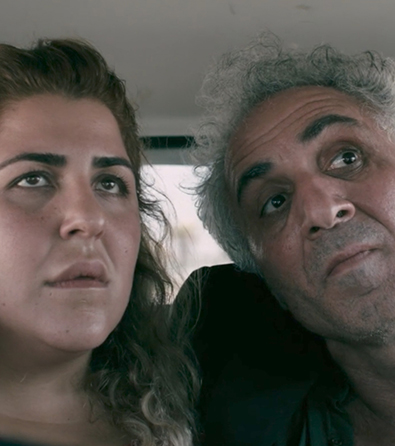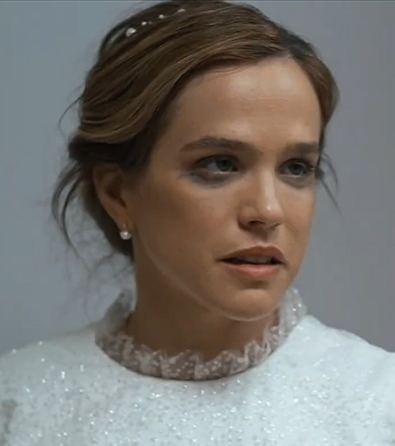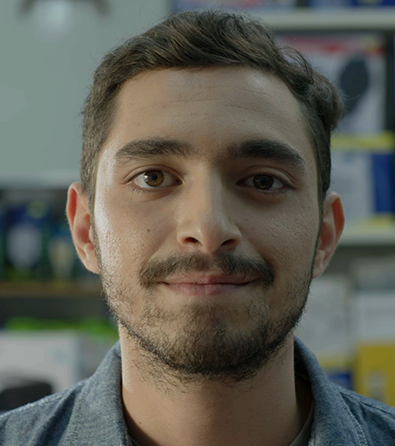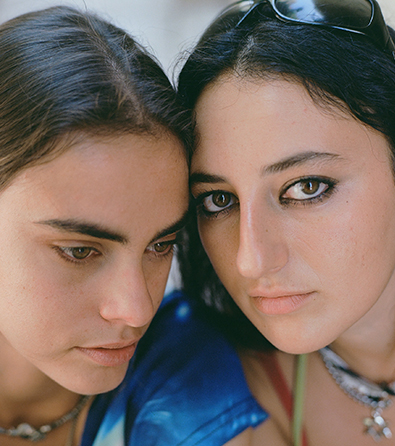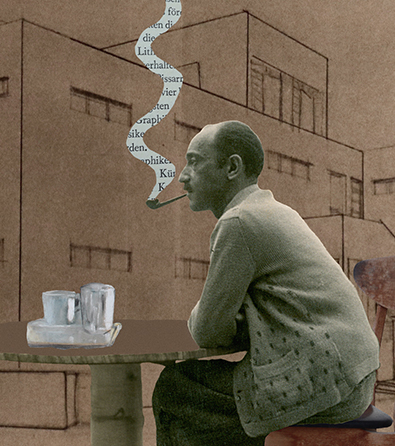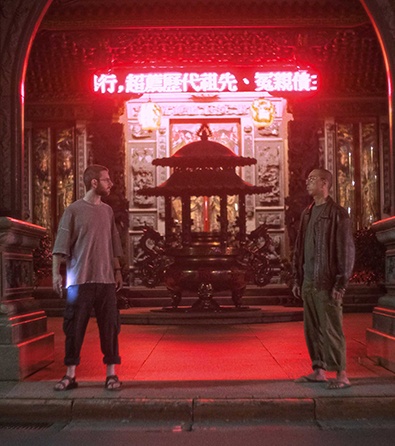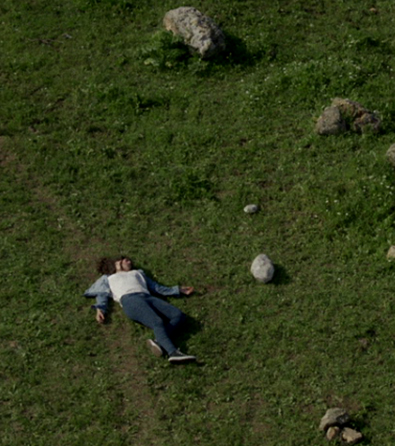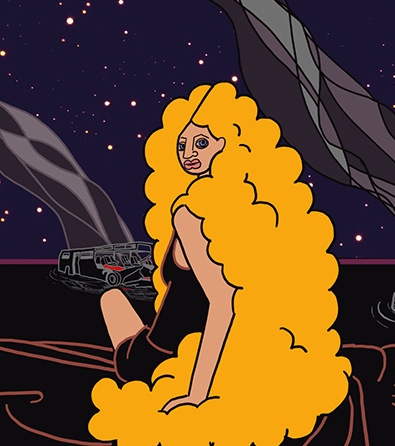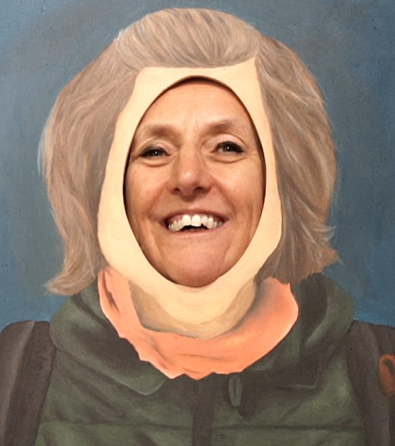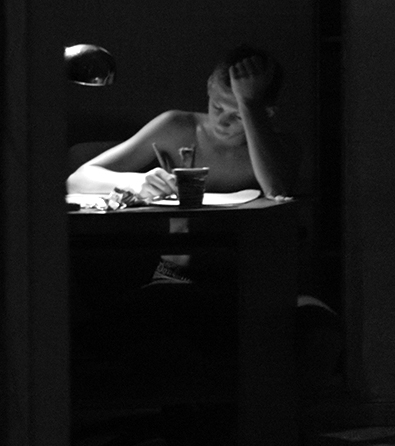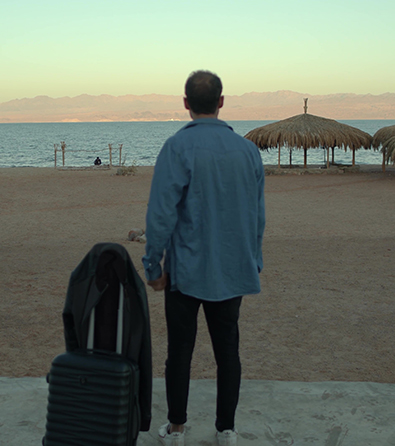Watch the short animation film PILE (3:27 minutes) at the top of the page.
* To watch this film, please approve YouTube/Vimeo cookies via the blue cookie icon at the bottom left of the screen.
The award-winning short film by animator and creator Toby Auberg, PILE centers on the historical evolution of humanity from agriculture to industry, from reality to the metaverse. The journey of humanity in PILE does not start from ancient times but from the modern era, guiding the viewer through the technologies that advanced humanity but eroded its essence.
The film opens with a depiction of agricultural labor, with people fishing, chopping wood, and performing other farm tasks that sustain their existence. The visuals then transition to the documentation of the industrialized way of life, marked by the use of electricity and machinery. The distinction between eras is reflected in various interactions among people, illustrating the evolution of political regimes and violent forces that go hand in hand with new technologies and industrialization. Progress brings dark periods, and technology is harnessed for controlling humans. To illustrate this, electricity and factory production in the film symbolizes the industrial revolution and the inhumane working conditions in factories: each worker is overseen by a supervisor who manages them ruthlessly, leading to a class-based, unequal, and unjust society. As Marx commented on exploitation in industrial society, man becomes a machine, and the employer becomes an emotionless creature interested only in profit.
The film combines three-dimensional and two-dimensional animation in various styles, offering a unique perspective not only on human history and the costs of technological advancement but also on the evolution of animation in the digital age. The film moves vertically, and the vertical movement passes over events that appear one after the other. Like in a Renaissance painting, the narrative unfolds across layers separated by geometric lines, with each layer representing a stage or scene in the linearly progressing story from the present to the future.
Auberg’s PILE can be compared to many works in painting and sculpture: the stack is a motif that has accompanied art from ancient times to the present, historically examining human existence. In paintings, various events are stacked together, telling the human story. The epic dimension of the stack and the accumulation of events in art over generations is created from the broad canvas of events, which is biblical and mythological in nature. Examples include paintings by Flemish artists Pieter Bruegel and Peter Paul Rubens, which typically depict a vertical composition made up of various scenes from village or city life, causing the viewer’s eye to move from bottom to top and vice versa. Although the scenes appear in the same stack, they represent different periods and times, and the bird’s-eye view gives a mythological dimension to the depicted human existence and behavior.
Bruegel and Rubens engaged in their paintings with Greek and Roman mythology. They used the stack composition to give a description of everyday life in their time an epic and mythological dimension, which both glorifies and critiques mundane life. These two dimensions are evident in paintings where humans exhibit violence toward each other.
Auberg’s PILE continues the tradition of the stack and adds a new layer of meaning from the digital age, built from the use of animation. According to Auberg, technological advancement completely negates human relationships and creates a metaverse that seemingly offers a rosier parallel reality, but it testifies to the complete loss of the human dimension. The three-dimensional animation that sensitively depicted the workers at the beginning of the film is replaced at the end by a digital representation of one-dimensional, depthless, generic, childish, crude, and violent images, which seem to have been created by artificial intelligence with no connection to humanity or animation created by a human.
Auberg raises ethical questions about the animator himself and the extent of his collaboration with technology in the neo-capitalist era, leading to a loss of identity and an inability to identify human figures or the human dimension in image creation. Another meaning of the stack here is the overload of images to which humans are exposed in the digital age, most of which are inferior, inhuman, and depthless. In Auberg’s experience, the animator becomes a tormented slave in this production line until he becomes obsolete and disappears entirely into the heaps of images created by artificial intelligence.
The film PILE was created as an MA Graduation Film at the Royal College of Art.
The short animation film PILE is available to watch at the top of the page.
